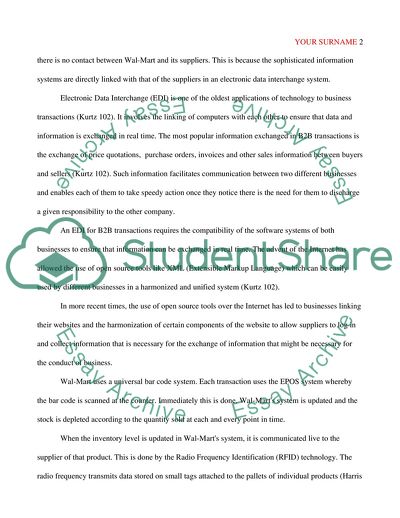Cite this document
(B2B Term Paper Example | Topics and Well Written Essays - 2000 words, n.d.)
B2B Term Paper Example | Topics and Well Written Essays - 2000 words. https://studentshare.org/e-commerce/1754280-b2b
B2B Term Paper Example | Topics and Well Written Essays - 2000 words. https://studentshare.org/e-commerce/1754280-b2b
(B2B Term Paper Example | Topics and Well Written Essays - 2000 Words)
B2B Term Paper Example | Topics and Well Written Essays - 2000 Words. https://studentshare.org/e-commerce/1754280-b2b.
B2B Term Paper Example | Topics and Well Written Essays - 2000 Words. https://studentshare.org/e-commerce/1754280-b2b.
“B2B Term Paper Example | Topics and Well Written Essays - 2000 Words”. https://studentshare.org/e-commerce/1754280-b2b.


